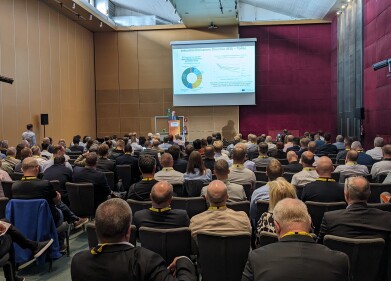Environmental laboratory
Reliably detect O2 even under tropical conditions
Jul 15 2020
Whether in industrial safety environments, in areas classified as confined space or in cases of emergency, the ability to reliably measure oxygen concentration and provide warning of abnormal conditions is a critical requirement.
Since the late 1970s electrochemical sensors based on consumable lead anodes have been the de facto standard for most applications. It is a proven method that works reliably on the principle of a galvanic cell in most environments, but it has its limits.
Three major challenges exist: extremes in temperature and humidity, coping with venting requirements and the increase in volume
As a solution to these problems even under the harshest of conditions, GfG now offers a new series of lead-free smart sensors, which offer long operating life for a wider temperature and humidity range. In addition, they meet latest legal requirements regarding lead-free products and restrictions of hazardous substances. GfG have a team of experts worldwide who can be contacted to ensure that their clientele are equipped with the right sensors
Digital Edition
AET 28.4 Oct/Nov 2024
November 2024
Gas Detection - Go from lagging to leading: why investment in gas detection makes sense Air Monitoring - Swirl and vortex meters will aid green hydrogen production - Beyond the Stack: Emi...
View all digital editions
Events
Jan 12 2025 Abu Dhabi, UAE
Jan 14 2025 Abu Dhabi, UAE
Jan 20 2025 San Diego, CA, USA
Carrefour des Gestions Locales de L'eau
Jan 22 2025 Rennes, France
Safety, Health & Wellbeing LIVE
Jan 22 2025 Manchester, UK



















